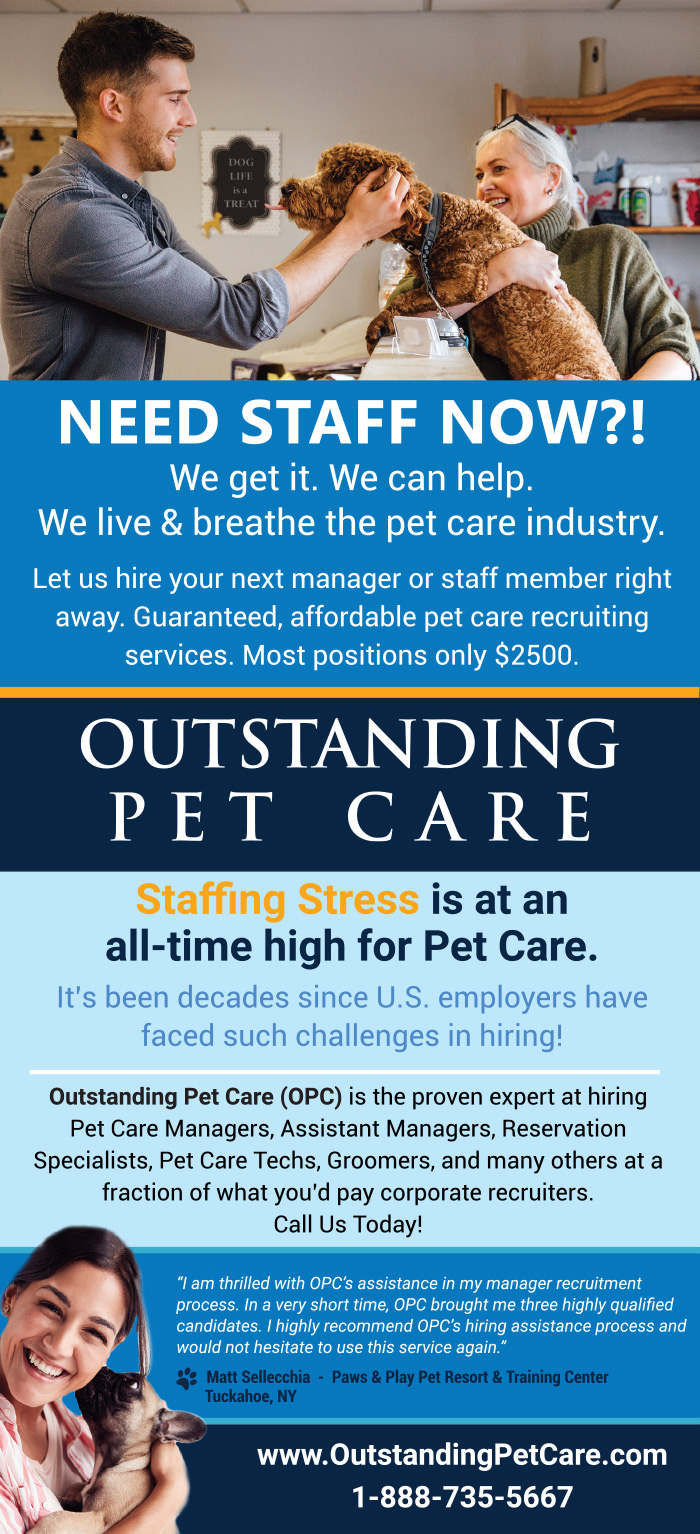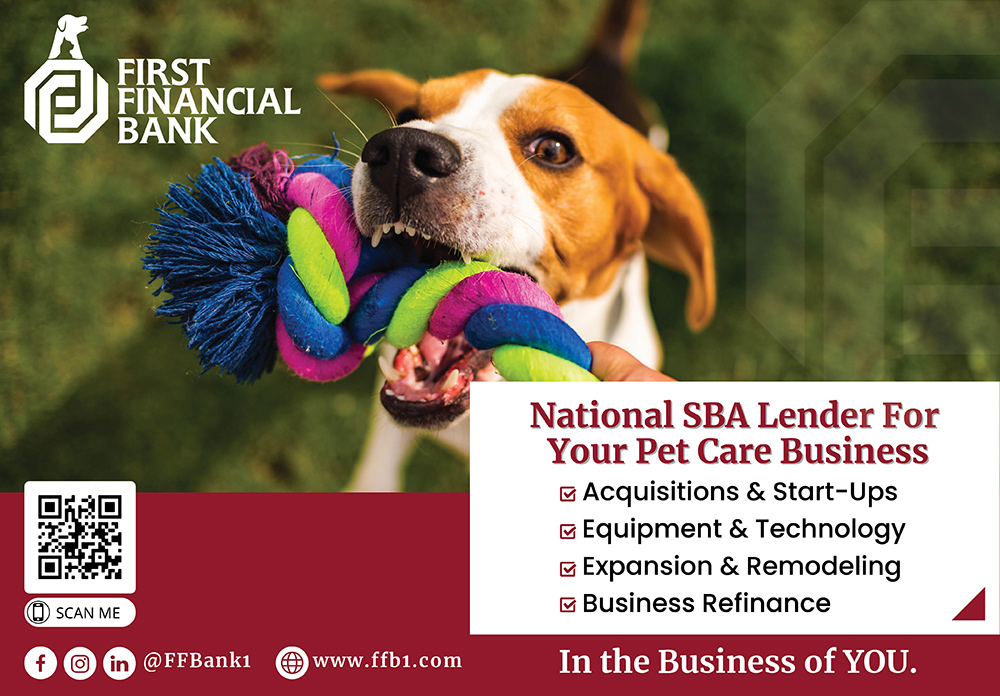

 ould some of your well-intended decisions be choking your business? No business owner or manager wants to suffocate their success, but so many accidentally do. More and more pet care facilities have put up “revenue roadblocks” without even realizing it, especially since the post-COVID surge. These decisions were probably reasonable during staffing emergencies and when customers were beating down your door to get in, but, in this new era of inflation and uncertainty, those same choices are likely getting in your way.
ould some of your well-intended decisions be choking your business? No business owner or manager wants to suffocate their success, but so many accidentally do. More and more pet care facilities have put up “revenue roadblocks” without even realizing it, especially since the post-COVID surge. These decisions were probably reasonable during staffing emergencies and when customers were beating down your door to get in, but, in this new era of inflation and uncertainty, those same choices are likely getting in your way.
Smart and caring pet care facility owners strive to deliver excellent pet care and human customer service, all while maintaining a healthy, growing business. Along the way, most businesses encounter difficult customer or pet situations and add or change policies in response, which is natural, and part of adapting and evolving into a healthier business. However, in the heat of problem solving, it’s easy to create restrictions that can end up doing more harm than good. It’s a delicate balance between practical policies and staying flexible enough to appeal to customers—especially new prospective pet parents.
Here are seven of the most common revenue roadblocks to reconsider in your own pet care business:

Discouraging or limiting tours to certain hours or days feels deceptive to some prospective customers. Pet care is trust-based and mostly invisible, and many customers insist on transparency. It’s tempting to offer tours only when it’s convenient for you; however, these limitations can be an obstruction to some of your most valuable new customers.
High-quality, in-person tours are critical to help reassure the most anxious (and often most lucrative) pet parents. Since pet parents have so many choices for pet care, tours are a great way to help your business differentiate itself from your competitors. Train key staff members to provide concise, compelling, and consistent tours during all business hours and then verify they’re being conducted appropriately. Improving your tours is a great way to boost your revenue.


There are many benefits to having dogs visit before their first lodging stay. For example, the dog is often more comfortable after getting more experience with your facility; you can sometimes also assess the dog for your social play services; and the pet parent can sometimes be more committed and engaged after the experience. But requiring an assessment for all dogs prior to their first lodging visit shouldn’t be necessary and will ultimately stunt your growth and profitability.
You can accomplish most of these benefits without making it a requirement. For example, you can do the social play assessment during one of the first few days of lodging and offer other play options in the meantime. Requiring meet & greets can be reserved for statistically higher-risk dogs. But requiring an evaluation for all dogs prior to lodging is especially risky during periods of economic uncertainty.

Age and health restrictions are similar issues. When dogs reach a certain age or are facing failing health, there’s statistically an extra risk of the dog not doing well in your care. When you decide that you’re not the best fit for a dog due to the pet’s age, health, breed or behavior, providing the pet parent with alternative options goes a long way in reducing their frustration and maintaining your business’s reputation.

Depending on your market and needs, you may also consider taking modest deposits only during peak periods. This can help reservations stick during the most valuable times of year. At the same time, it removes a potential roadblock when your facility is less busy.


At the end of the day, well-applied policies can help shape your business into its healthiest self. They can foster good communication and clear expectations with both prospective and existing customers. Be strategic about each restriction and don’t overreact by placing unnecessary barriers. It will really help propel your business forward!
Laura Laaman is president of Outstanding Pet Care. If you’re interested in any of the strategies in this article, or any of our other proven and guaranteed services, schedule a consultation by calling 1-888-735-5667 or vising www.OutstandingPetCare.com/contact.




